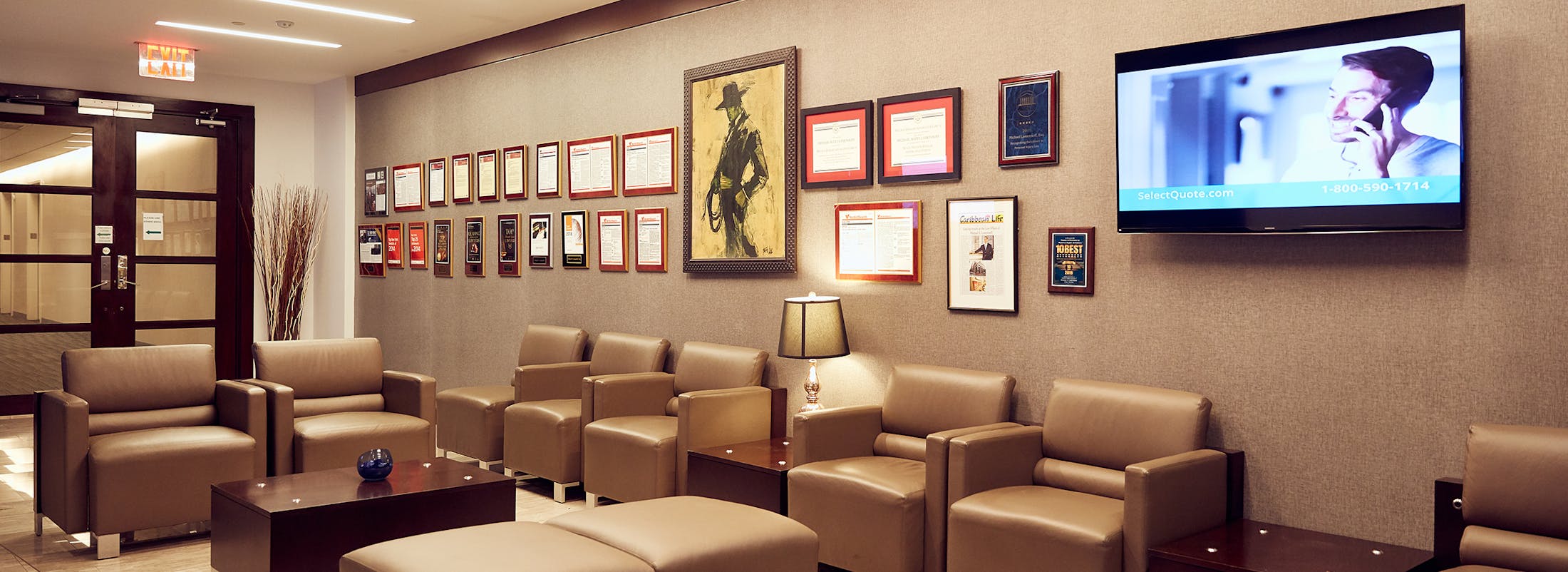Safe Operations of Cranes in Construction: A Must for Every Construction Project
As crane accident lawyers, we can tell you that cranes were made to assist in construction projects as a way to lift, lower, and move materials.
Cranes were not designed to claim the lives of construction workers. Following the standards on crane safety and inspections requirements must be strictly followed at all times.
The Digital Journal reports:
Last week, a construction crane fell onto a passing car in Indianapolis, Indiana backing up interstate traffic. On May 9, a truck crane broke through the surface of a car park dropping into an underground parking garage in Idaho Falls, Idaho. A day after this incident, in Orlando, Florida, a man died after falling 12 meters from a platform mounted on a boom truck while helping in the installation of a large billboard pole which broke free from the crane holding it.
These are just some of the examples of recent fatal accidents involving cranes. These incidents could have been prevented if everyone in construction sites abide by the law on crane design and safety.
What Are The Rules Regarding Crane Safety?
The Lifting Operations and Lifting Equipment Regulations 1998 requires that all lifting functions involving hauling of equipment must be properly planned by a skilled person who is appropriately supervised and of course, operated out in a safe manner.
In Britain, construction industry is considered as the biggest sector with over two million people working on construction firms. Which makes it the most hazardous industry to work for as well. According to the Health and Safety Executive, there are more than 2,800 people who dies from injuries due to construction accidents for the past 25 years. Not taking into account the number of people who survived construction accidents but were left injured and ill.
This spurred the government of Britain to set British Standards BS 7121 Part 1 2006 delineating the acceptable standard for managing lifting operations with the use of cranes on construction projects. BS 7121 includes codes of practice for construction operations, personnel supervisory, design crane requirements, testing and assessments, and inspection guidelines.
Based on investigations from previous accidents involving cranes, the mishandling of cranes due to lack of knowledge and ignorance to the perils and safe working procedures are the major causes of accidents. BSI standards were set to minimize risks and meet the important health and safety requirements of regulations like that of Machinery Directive.
North American Industries Inc., on the other hand, released their own Crane Safety Tips ensuring that every single crane operator and other workers involved in construction projects are protected from the hazards of crane injuries and accidents. Their safety procedures state that crane safety manuals with the rules on crane functions and operation procedures must be reviewed periodically.
Tips For Crane Safety
Checking the hoist every single day before their shifts begin is very important. The load must be checked for damages or twists and the wire ropes must be examined for bends or frayings. The hook must be checked all the time because out of shape hooks are indicators of internal damage.
Knowing the lift’s rating is imperative as no one should ever try lifting the crane more than the hoist rating. Shock loads must be avoided at all times. The hook must not be run with a slack chain. The chain or the wire must be brought to a rigid position before lifting.
This rope or chain must always be in a straight line to avoid any damage to the hoist. While doing the lift, snagging must never be done. And the load must not be jagged. The load must be balanced carefully. In order to keep the balance, always use the right sized sling.
The load must always be secured to ensure that nothing can slip out and injure anyone. The lower block must be kept from capsizing so as not to damage the chain or wire rope. Ropes must never be bent over sharp edges.
There are a number of safety rules that must be followed in order to prevent accidents in construction sites from happening. Any crane services company must ensure that their workers know what they need to know, all lifting operations are carefully planned and carried out safely with foreseeable risks taken into account, there should always be safe systems of work, correct supervision of lifting, and strict thorough examination of all cranes.
If you have any questions about a construction accident that happened to you or a loved one, please feel free to contact the Offices of Michael S. Lamonsoff, PPLC. Our construction worksite accident lawyers are here to help you.
Contact us by e-mail or call one of our attorneys at 212-962-1020 (toll-free at 877-MSL-4LAW or 877-675-4529) to schedule a free initial consultation.

